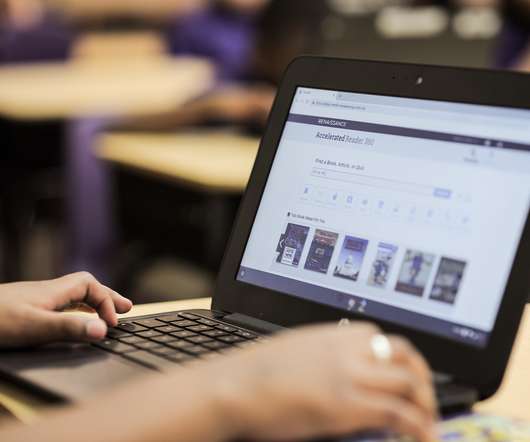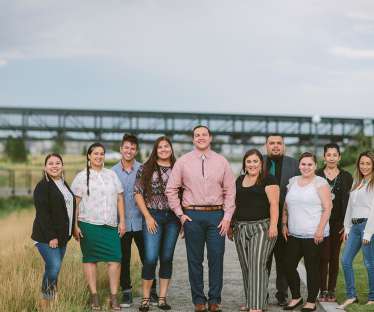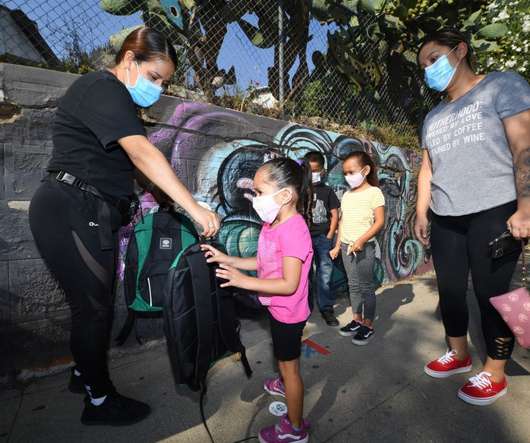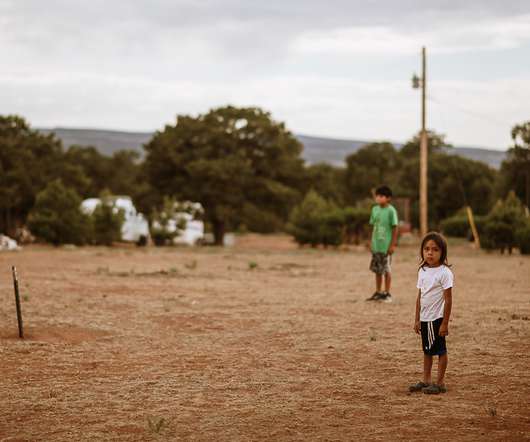Digital divide: Gap is narrowing, but how will schools maintain progress?
The Hechinger Report
AUGUST 25, 2021
As the district prepares to reopen for full in-person learning on August 30, teachers are attending training sessions and figuring out just what role technology will play in their classrooms. billion Emergency Connectivity Fund, which allows schools to apply for funds to pay for home broadband and devices for their students.
































Let's personalize your content